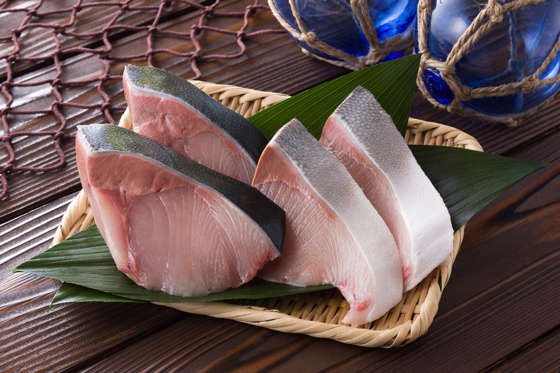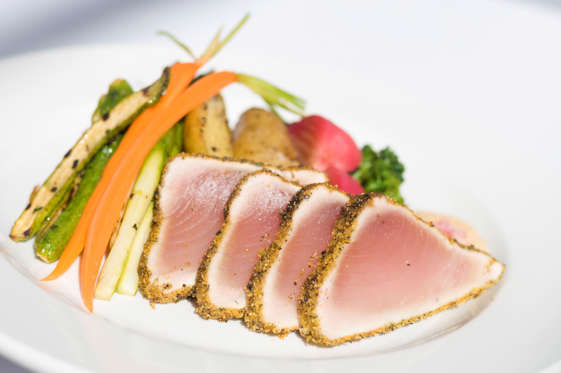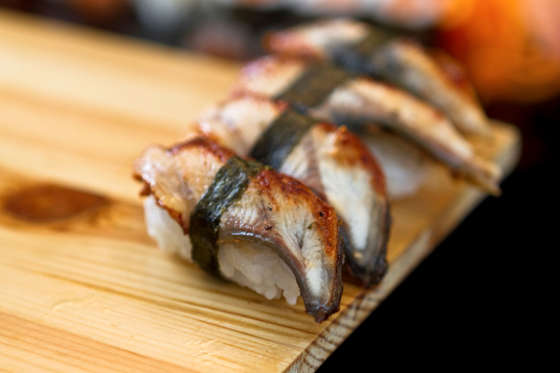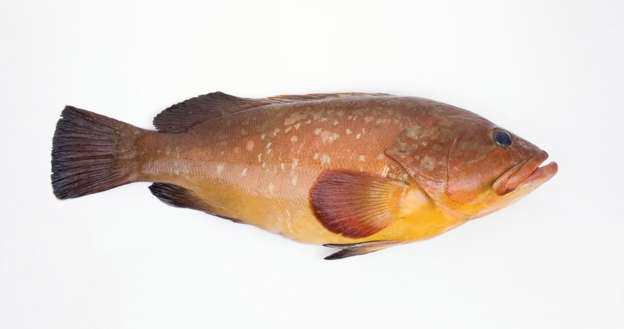10 Fish You Shouldn’t Be Eating and What to Try Instead
AVOID: JAPANESE YELLOWTAIL
Japanese farms put yellowtail, aka amberjack, in polluting net cages and use wild fish as feed.
Instead try: U.S. yellowtail snapper. It’s caught with eco-friendly hook-and-line gear in the South Atlantic.
These fish are endangered: if you love them, swap for these equally tasty alternatives. You’ll give your favorite fish a chance to rebuild its numbers in the wild.
AVOID: IMPORTED SHRIMP
Farms use antibiotics and other chemicals; harmful bottom trawling nabs wild shrimp.
Instead try: U.S.-farmed shrimp. Thanks to strong environmental laws, homegrown shrimp cause less pollution.
AVOID: CHILEAN SEA BASS
(aka Patagonian toothfish) It’s threatened by illegal fishing.
Instead try: Alaskan sablefish (aka black cod). It has a buttery texture akin to sea bass.
AVOID: ATLANTIC BLUEFIN TUNA
A monster of the sea, it has been overfished nearly to extinction.
Instead try: Wahoo. A relative of tuna and mackerel, this game fish may grow fast enough to withstand fishing pressure. Eat sparingly due to mercury.
AVOID: ALBACORE TUNA
(Sometimes called white tuna on cans) Most is caught with longlines, which can kill sea mammals.
Instead try: “Pole and troll” tuna. Look for these words, indicating friendlier fishing methods, on menus or can labels.
AVOID: ATLANTIC SALMON
Endangered in the wild; most varieties are farmed, producing fish with many more contaminants.
Instead try: Alaskan wild salmon. It is hailed as one of the world’s best-managed fish.
AVOID: ATLANTIC COD
This cod is overfished, and U.S. and Canadian fishermen catch it mainly by using destructive bottom trawling.
Instead try: Pacific cod. It is caught in Alaskan waters using gear certified by the Marine Stewardship Council.
AVOID: EEL
Sorry, sushi lovers: Most freshwater eel comes from farms that pollute and harm wild eels.
Instead try: American lobster. It’s a similarly rich treat, and there’s a glut, so prices are dropping.
AVOID: RED GROUPER
Although populations are healthy in the Gulf of Mexico, they’re depleted in the Atlantic off the southern United States.
Instead try: U.S.-farmed barramundi. It’s raised in recirculating inland tanks, which prevents escape and pollution.
AVOID: ORANGE ROUGHY
It’s caught by trawlers that destroy the ocean floor.To the left, U.S.-farmed tilapia
Instead try: U.S.-farmed tilapia. This fish is also raised in environmentally sound tanks. (Chinese tilapia is not; avoid it.)









